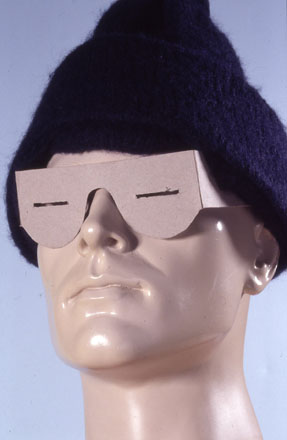
The high level of UV light at altitude can burn the eyes (snow blindness), like ‘arc eye’ which welders get – it feels like sand in the eyes. Rest, padding the eyes, lubricant drops and painkillers will help. Good sunglasses or goggles are needed on glaciers even when it’s cloudy – UV gets through clouds. Choose glasses designed for the mountains and not for fashion. Prescription sunglasses and goggles can be made.
Contact lenses can be used, but very strict hygiene is a must, which is difficult at altitude. Daily disposable lenses are fine but must be removed at night. Laser refractive surgery can blur your vision at altitude but this resolves on descent. Don’t get laser treatment just before you travel – think ahead.
Tiny bleeds at the back of the eye can occur (retinal haemorrhages), which can affect patches of vision. Usually these are not dangerous and will disappear after a few weeks. Descend if you lose vision in either eye at altitude.
Wear your goggles when it is bright.
If you lose your goggles improvise using cardboard with thin slits to look through.
Make sure staff have goggles and wear them.
Maintain hygiene if using contacts.
Get glacier goggles / glasses.
Sort out contact lenses and cleaning fluid.
If you need glasses, get spares.
A 29 year old man used daily disposable soft contact lenses on Mount Everest. He didn’t change his lenses for four days, and on summit day wore sunglasses, not goggles. At 8,600m his vision became blurred. At the summit he couldn’t see the view or navigate. He was helped down by two Sherpas. He had snow blindness and a bacterial infection. A doctor peeled the contact lenses from his eyes, but the scarring has left his vision permanently reduced. It could have cost his life.

